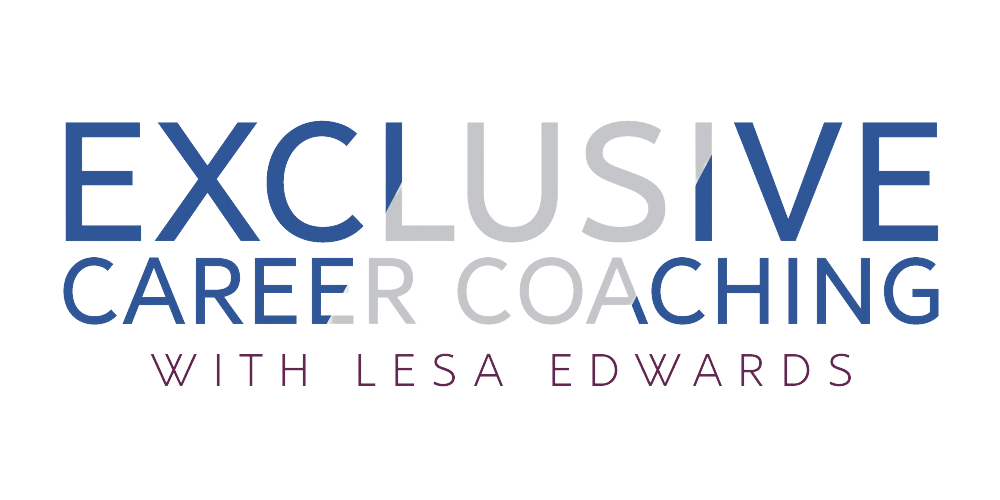262: The Behavioral Interview: Your 5-Step Process for Delivering Job-Winning Answers
The Behavioral Interview: Your 5-Step Process for Delivering Job-Winning Answers
Consistently, the episodes I do on interviewing are among the most-downloaded. Today, I want to give you a five-step process for answering behavioral interview questions.
Behavioral interviewing operates on the principle that the best predictor of future behavior is past behavior. Behavioral interview questions require you to respond with a specific story, rather than talking in hypotheticals.
Behavioral interviewing is difficult to “wing,” because it is highly unlikely that you’ll come up with a great story AND lay it out in an organized and compelling manner on the fly. So, preparation is key.
You may have heard of the CAR (Challenge-Action-Result) method, the PAR (Problem-Action-Result) method, or the STAR (Situation-Task-Action-Result) method. I teach my clients the CARL method: Challenge – Action – Result – Lessons Learned.
Here are the steps to prepping for a behavioral interview:
Come up with a “toolkit” of 10 stories.
You can do this in one of two ways: The front door method, or the back door method.
The front door method requires you to think about the competencies needed for the job — the job description is your roadmap here. Based on the competencies either written in the job description or implied, you come up with 10 stories to address what that company and that job will require.
For the back door method, come up with 10 meaningful stories — mostly from your work experience — and then retrofit them to the competencies you think the job requires. Any story you come up with will likely be applicable to 3-4 questions you might get asked, so 10 stories gives you ammunition for as many as 40 interview questions.
Write your stories out.
Not necessarily verbatim, but the major points you want to hit for each story.
Use the CARL method: Challenge – Action – Result – Lessons Learned.
Find the balance.
You want your stories to be factually correct and sequential. You also want your stories to be interesting — keep in mind that your interviewer may be interviewing several people for this position, and you want your responses to stand out in a positive way.
Give enough detail to support your point — if the story is about how you turned around an underperforming team, you want the interviewer to know that you did, how you did it, and the results.
You also want to give enough color to your story to make it interesting — pepper in some specifics to make the interviewer feel your story. Just remember not to throw anyone under the bus.
Pepper in the “L” (lessons learned).
Not every behavioral story needs a lessons learned, but they can be extremely helpful.
The “L” can be lessons learned OR benefits. Here’s how that might sound:
For the “L”: “What I learned from this situation is the importance of making sure my entire team fully understands the project and has their questions answered and concerns addressed at the outset.”
For the benefits: “What this situation illustrates is my ability to make mid-course corrections — to have a plan AND flexibility.”
Practice.
Ideally, practice with an interview coach such as myself. In lieu of that, who do you know who has experience interviewing job candidates? Ask them for help.
The biggest benefit of working with an interview coach like me is that you have a professional who knows their stuff AND will shoot straight with you. Also, a professional may make you more nervous than a friend or family member — and that’s a good thing.
Now go forth and ace that behavioral interview!
Are you in the wrong job that chips away at you every day? The CareerSpring document and coaching program will help you find a job that uses your zone of genius, recognizes your value, and pays you what you’re worth.
If you’re ready to take your job search to the next level by working with a highly experienced professional with a track record of client success, schedule a complimentary consult to learn more:
